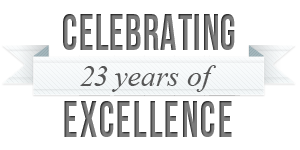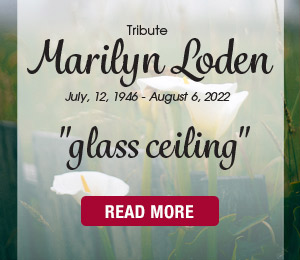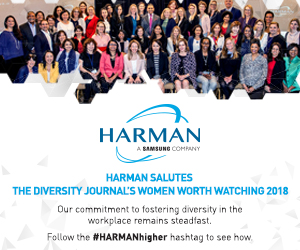More Women in Leadership Is Turning the Bias Tide
While many U.S. businesses have made promising strides in promoting gender equality in the workplace, we still have a long way to go. Even today, women are faced with gender bias from the moment the job search begins to navigating day-to-day experiences at work.
Self-imposed biases limit the potential of many talented women before the interview process even starts. According to LinkedIn data, women often are hesitant to apply for a role despite being qualified, feeling that they must meet all criteria, while men are more likely to apply confidently, even though they typically only meet about 60 percent of qualifications.
When women submit their resumes and receive interest, the interview process poses additional gender- related barriers they must overcome. To earn a position, women must highlight and promote their accomplishments during an interview, but research shows that seven in ten women would rather downplay their accomplishments than promote them. Women also must be conscious of how they’re perceived by remaining confident in their ability to do the job without seeming overly self-assured. Unfortunately, how individuals that possess strong leadership skills are seen by colleagues often varies based on gender, creating an unfair double standard that begins in the interview process and persists on the job.
Other common forms of unconscious (and conscious) bias that arise during the hiring process include the tendency of interviewers to connect more easily with individuals that are demographically similar to themselves. To compensate for this gap, women must be more thoughtful about how they market themselves during interviews. More important, companies must teach their leaders to recognize and address unconscious bias before it negatively impacts critical business decisions.
Since beginning my career, I’ve seen the workplace environment improve for women, but we have a lot of work ahead to achieve true gender equality. McKinsey reports that men still account for 79 percent of C-suite leadership. Women are being evaluated and selected by male-dominated leadership teams who are often hesitant to take risks on women, particularly those of child-bearing age. I’ve frequently been the only woman at my level in a room full of men. But the tide is turning. As more women are achieving executive status, they’re bringing with them a desire to grow and promote other women through allyship, mentorship, and sponsorship.
Watching the strong women I work with in HR sponsor others, develop future female leaders, and attract more women to the profession has been encouraging. Women’s collective ability to identify and eliminate deeply ingrained biases and lift one another up makes me hopeful that, if we continue to work together with people of all genders, gender bias across disciplines will eventually be a thing of the past.







